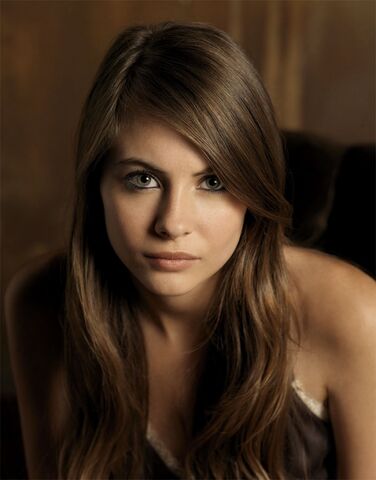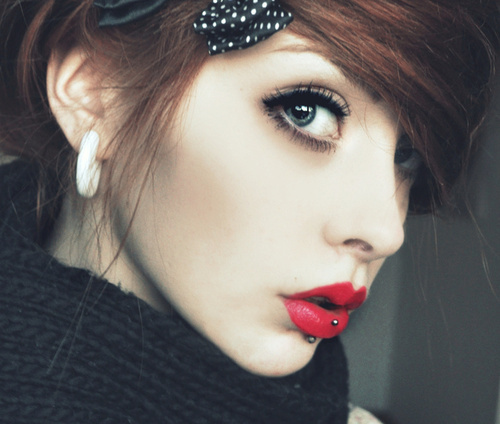Henna On Brown Hair Photo Images Biography 2013
source(google.com.pk)
Hair coloring is the practice of changing the color of hair. The main reasons for this practice are cosmetic (e.g., to cover gray hair, to change to a color regarded as more fashionable or desirable, or to restore the original hair color after it has been discolored by hairdressing processes or sun bleaching). Hair dyeing, which is an ancient art,[1] involves treatment of the hair with various chemical compounds. Today, hair coloring is immensely popular, with over 75 percent of American women dyeing their hair.[2]
Hair color was traditionally applied to the hair as one overall color. The modern trend is to use several colors to produce streaks or gradations, either on top of the natural color or on top of a single base color. These are referred to as:
Highlighting, where sections of hair are treated with lighteners, usually to create blonde streaks.
Lowlighting, where sections of hair are treated with darker hair color.
These can be applied by the following methods:
Foiling, where pieces of foil or plastic film are used to separate off the hair to be colored; especially when applying more than one color.
Cap, when a plastic cap is placed tight on the head and strands are pulled through with a hook.
Balayage, tipping, or dip-dyeing, where hair color is painted directly onto sections of the hair with no foils used to keep the color contained.[3]
All application techniques can be used with any type of color. For highlights, the hair will sometimes have to be bleached before coloring.
The four most common classifications are permanent, demi-permanent (sometimes called deposit only), semi-permanent, and temporary.[4]
Permanent hair color[edit source | editbeta]
A very popular way to achieve permanent hair coloring is through the use of oxidation dyes. The ingredients of these products include 1,4-diaminobenzene (historically) or 2,5-diaminotoluene (currently), a coupling agent, and an oxidant. The process is typically performed under basic conditions.[4]
The mechanism of oxidation dyes involves three steps: 1) Oxidation of 1,4-diaminobenzene derivative to the quinone state. 2) Reaction of this diimine with a coupler (more detail below). 3) Oxidation of the resulting compound to give the final dye.
The preparation (dye precursors) is in the leuco (which means colorless) form. Oxidizing agents are usually hydrogen peroxide, and the alkaline environment is usually provided by ammonia. The combination of hydrogen peroxide and the primary intermediate causes the natural hair to be lightened, providing a "blank canvas" for the dye. Ammonia opens the hair shaft pores so that the dye can actually bond with the hair and speeds up the reaction of the dye with the hair. Now people can dye their hair without bleaching it.
Various combinations of primary intermediates and couplers provide a spectrum of shades of hair colors. The primary intermediates are aromatic para compounds, such as 1,4-diaminobenzene or 4-aminophenol. The couplers are meta-substituted derivatives of aniline. They come in three major classes based on the color that they produce when they react with the primary intermediate.
Henna On Brown Hair Photo Images Biography 2013

Henna On Brown Hair Photo Images Biography 2013

Henna On Brown Hair Photo Images Biography 2013

Henna On Brown Hair Photo Images Biography 2013

Henna On Brown Hair Photo Images Biography 2013

Henna On Brown Hair Photo Images Biography 2013

Henna On Brown Hair Photo Images Biography 2013

Henna On Brown Hair Photo Images Biography 2013

Henna On Brown Hair Photo Images Biography 2013

Henna On Brown Hair Photo Images Biography 2013

No comments:
Post a Comment